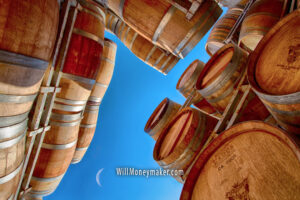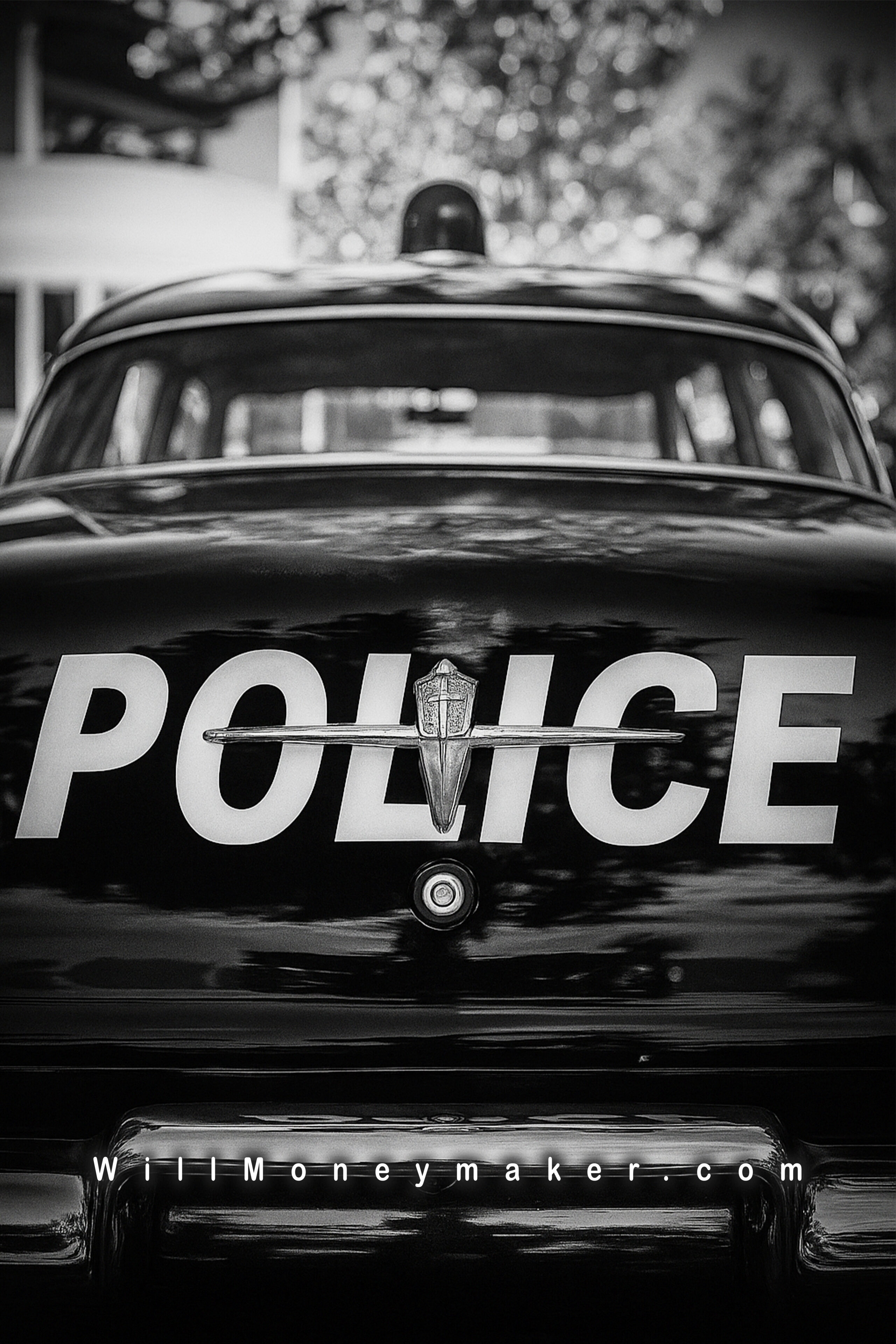When we talk about photography, particularly when we get into the nuts and bolts of the creative process, we spend an awful lot of time talking about… Well, time! We go on at length about how the creative process cannot be rushed, about how it needs to take time, all the time you might need to fully explore ideas and create the best possible work that you can. All of those creative thoughts must be left to percolate.
But, is it ever appropriate to streamline the photographic process? Are there steps we can take to speed things up, make things go a bit faster? Maybe not where creative thoughts are concerned, but in the overall photographic process, yes, I do think there are ways that we can make things more efficient. The important thing to remember is that it’s not about cutting corners or taking shortcuts. More, the idea is of pure efficiency, taking steps to reduce some of the things that bog you down, making more room, leaving more time left over, for the creative side of the photographic process. Here are a few of my thoughts on the matter.
Streamlining Your Negatives
In the days of film, film was precious. You couldn’t carry infinite rolls, the film itself was expensive and there wasn’t always time to change to new rolls in the field. Then you had the time and cost of development to deal with. You obviously couldn’t develop hundreds upon hundreds of rolls of film, so photographers tended to be conservative with the number of images that they took.
That contrasts sharply with today, the digital age, a day in which photographers think nothing of taking hundreds or thousands of images — sometimes in a single afternoon. And with that veritable deluge of digital negatives, you sometimes hear the advice given out that perhaps we need to be more like our film counterparts and spend more time considering our scenes. This line of advice says that we need to think more carefully about each image that we take and then take fewer images in order to streamline the process of taking photos, loading them onto our computers, archiving and processing them.
I’ve always thought this advice was wrong, that taking fewer images is the wrong way to approach the idea of efficiency in the digital age. Digital negatives, in my opinion, can be likened to gold ore. You’ll never find a gold miner who thinks less gold ore is a good thing. In the same way, digital negatives are a raw material.
But still, the problem remains. We end up with so many digital negatives and that is why we need ways to make the process of filtering them more efficient. This is why we have tools like Lightroom, to help us streamline the mass visualization of hundreds or thousands of images. There are other tools out there, too, like FastStone Image Viewer, that allows for the visualization and screening of dozens of images at once. Using tools like these gives you several advantages. You can not only look at all of the images you took that day but you can mark and tag them in various ways so that you can easily sort out the ones that you feel need further attention.
In the end, unlike the days of film, we have a lot more negatives than film photographers ever had. However, we also have many more tools to view and process those negatives. It is on us to find the programs and processes that make this task easier, thus saving time on the mundane in order to have more time for creativity.
Streamlining the Picture Taking Process
Another way that we can save time is streamlining the actual process of taking pictures. And, there are many ways to do this. Gear choices, for example, are one way that we make our lives a bit easier out in the field. Zoom lenses are an excellent example of this. Few of us have the time, energy or back strength to carry around a dozen or two prime lenses in order to cover every possible focal length we might want on a given day. So, we sacrifice some of the sharpness, the wide apertures that come with primes in favor of a zoom lens or two that will cover all focal lengths we might need.
Similarly, we may not always carry a tripod, instead favoring the monopod, which is smaller, lighter, and doubles as a walking stick in rough terrain. It’s all about making trade-offs, knowing where to trim your gear — without leaving out something essential.
Another thing that makes the photographic process easier are preset camera controls or even the automatic mode. Photographers often delight in manual mode because we love having the ability to fine-tune and tinker with each and every setting that goes into making a photograph. Because of this, we sometimes overlook aperture priority, shutter priority — and we are scornful, at times, of using the fully automatic settings. But, these things, along with the programmable presets that your camera comes with, all serve to take some of the decision making, or dare I say it, the dithering, over settings that often waste our time while we’re in the thick of the action.
In fact, this is why you’ll sometimes see photographers carrying a second camera body. At first glance, this seems highly inefficient — you’re just bogging yourself down, inhibiting your ability to move around, because you couldn’t bear to part with a piece of gear. But, what happens if you are in a situation where you might need to be switching between lenses quickly? A sporting event, perhaps, where you want both wide shots of the crowd cheering and extreme long-distance images of the touchdown happening at the other side of the field from you. That second camera body suddenly seems like the more efficient way to document the game.
And those are areas, I think, where efficiency is important. You can’t shortcut the creative process. It simply isn’t possible. But there is much that you can do to save time and energy in the field so that you can collect more negatives to process. And, once you have those negatives, make sure that you also look at ways you can organize and process them more efficiently so that you have more time to look at and think about the negatives that will move on to the post-processing and printing stages.
Now go and enjoy the beauty of God’s creation through your lens.




